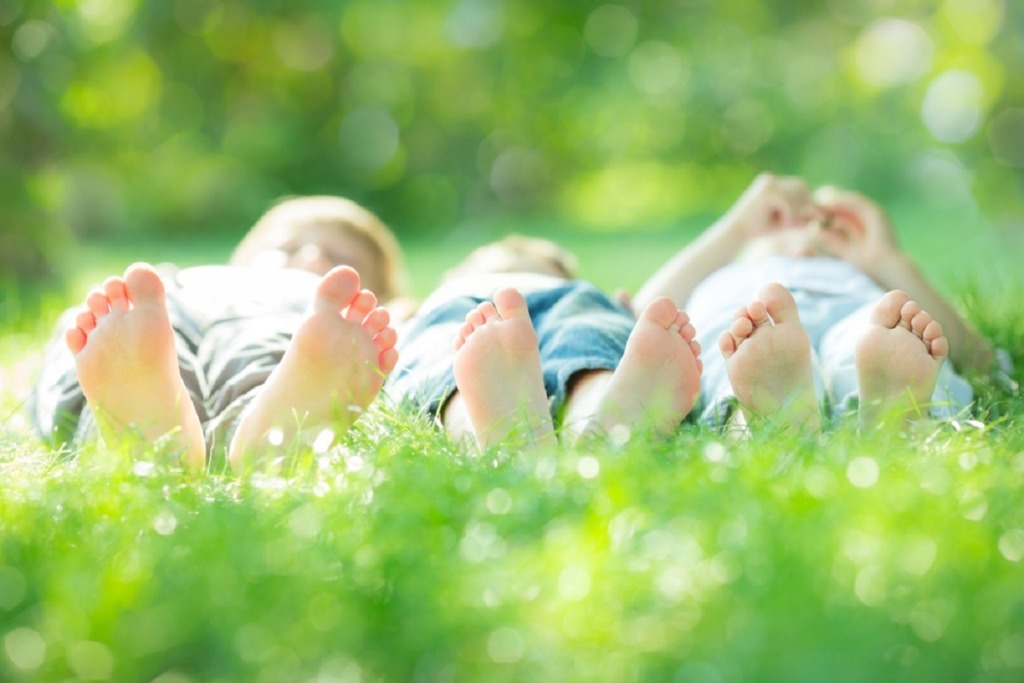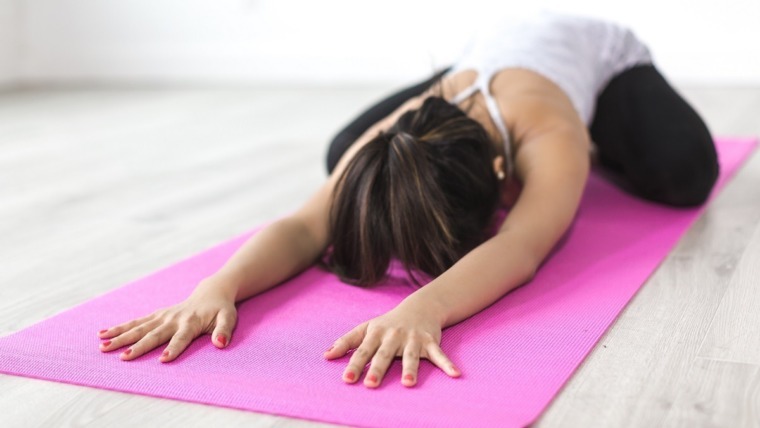
Written by osteopaths Claire Richardson, Chris Reeves and Clare Craig
A range of problems may interfere with the normal development of a child. Childhood accidents and falls, or simply the young body's rapid growth can create or contribute to problems associated with bones, muscles, ligaments, tendons and nerves. Other issues faced by children include posture problems, inflammatory conditions and sporting injuries.
Osteopaths often see parents who tell them that their kids have “flat feet” — often after they’ve been fitted for shoes and the sales assistant has told them so.
Sometimes these parents try their darnedest to encourage their kids to walk outside of their feet to rectify the “flatness” of their feet by lifting up their arch, and sometimes they go and buy orthotics from the local chemist. Do they need to do these things? Maybe not.
Usually the term “flat feet” refers to a foot posture that we medical people call “pes planus”, meaning flattening of the arch so that more of the bottom of the foot is in contact with the ground. Often, this posture happens when people roll their feet in from the ankle and rest more of their weight on the inside of their foot rather than the outside.
Are flat feet a problem?
Potentially yes, potentially no. Some people have had flat feet for their entire lives and don’t know until someone like us points it out. In this case, if there is no pain, and the foot, ankle, lower back and leg joints don’t seem to be taking on any excess strain, that person would seem to be coping well with their foot posture, and it doesn’t necessarily need to be changed.
If, however, this person has a history of a rolled ankle and has recently started wearing ballet flats or free-running shoes every day, and is developing arch pain, foot pain, ankle pain, knee pain etc, then altering the position of the flattened foot may help to improve their symptoms.
Very rarely will whacking an orthotic into someone’s shoes be the “fix” for all of their problems; however, as part of a rehab plan and multi-pronged approach, orthotics can be useful in the right people.
Flat feet often begin in childhood. We have lots of little muscles in the underside of our foot, which help to hold up our arch. Just like any other muscle in our body, these little foot muscles can get a bit weak and lazy if they aren’t challenged.
When safe to do so, encourage your little ones to walk barefoot. This helps to strengthen up these little muscles, helping with foot and arch development which will flow into adult life.
Once kids are older, supportive shoes are important. Ballet flats and high heels can over stress our feet and the wearing of such shoes should be kept to a minimum.
If you’re concerned about your child’s “flat feet” or foot/arch pain, pop in and speak to your osteo or podiatrist. They will thoroughly assess the cause of the problem and provide solutions such as stretches/strengthening exercises, suggestions on footwear and, if warranted, suggestions on orthotics.
When to worry?
Sometimes flat feet can be a risk factor for plantar fasciitis. Plantar Fasciitis is the inflammation of the plantar fascia on the sole of the feet. Primarily, non-surgical treatment of the plantar fascia should include stretching of the calves, hamstrings and plantar fascia, the use of ice when acute, say a frozen water bottle rolled in the arch of the foot, working on balance and proprioception of the foot and ankle (try brushing your teeth while standing on one leg! It will be fun for the kids!) as well as massage of the plantar fascia with a massage ball/tennis ball/ golf ball and articulation of the bones of the feet and toes.



